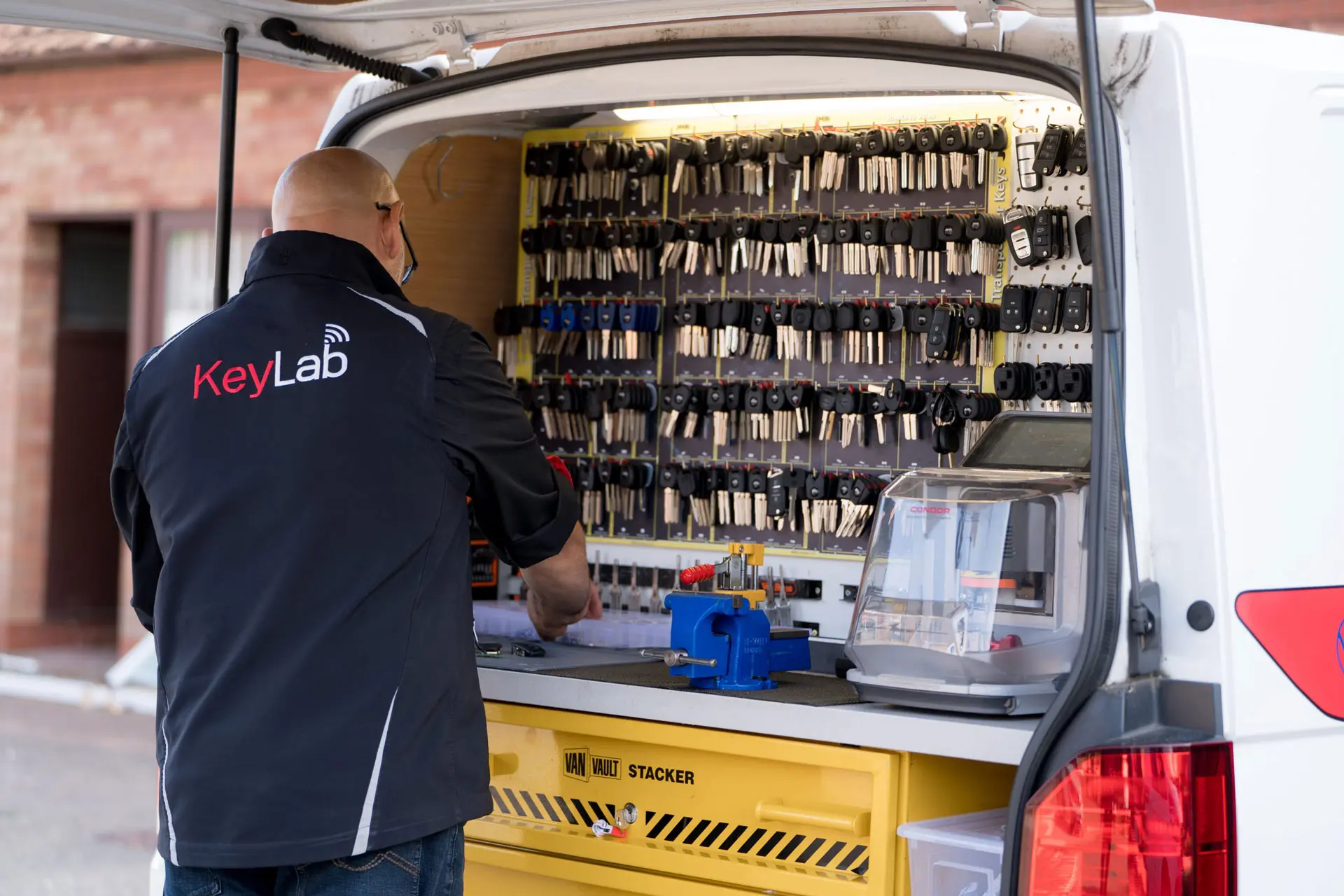What’s The Current Job Market For Door Lock Repair Professionals Like?
Comprehensive Guide to Car Door Lock Repair: Troubleshooting and Solutions
The integrity and performance of a vehicle’s door locks are essential for both the security of the car and the safety of its occupants. Car door locks can experience a range of concerns, varying from minor mechanical problems to finish failures. This article looks for to supply a helpful summary of car door lock repair, laying out typical problems, diagnostic treatments, and solutions.

Comprehending Car Door Locks
Before delving into repair procedures, it is crucial to comprehend the components of a normal car door lock. There are two main kinds of locks: mechanical and electronic.
Parts of a Car Door Lock System
- Lock Cylinder: The part where the key is placed.
- Latches: Mechanisms that hold the door shut.
- Actuator: Electric motor in electronic locks that helps in locking and opening.
- Linkage: Connects the lock cylinder to the latch.
- Remote Key Fob: In electronic systems, this is utilized to lock and unlock the doors from a range.
Typical Issues with Car Door Locks
Car door locks can fail for a multitude of factors. Here are some typical issues experienced by vehicle owners:
- Sticking or Frozen Locks: Especially in winter, locks can become difficult to run.
- Lock Not Engaging or Disengaging: Both mechanical and electronic locks can face issues where they do not react to the key or remote.
- Key Jams: The key may get stuck in the lock, making it impossible to lock or unlock the door.
- Remote Malfunction: In electronic systems, the key fob may not work due to battery issues or programming issues.
- Physical Damage: Vandalism or mishaps can damage the lock mechanism.
Repairing Car Door Lock Issues
When a car door lock is not functioning correctly, it is essential to detect the problem precisely before continuing with a repair. Below are actions that can assist repair the problem:
Step-by-Step Troubleshooting
-
Visual Inspection:
- Check the door lock and surrounding parts for visible damage.
- Examine the key for wear and tear.
-
Evaluate the Key:
- If the lock is sticking or not engaging, try using an extra key if offered.
- Ensure the key is clean from dirt and debris.
-
Check the Actuator:
- Listen for any sounds when pressing the key fob. A clicking noise may indicate a malfunctioning actuator.
-
Examine Door Wiring:
- Check the circuitry that links the door lock to the vehicle’s electrical system.
- Look for detached or torn wires.
-
Temperature Influence:
- If the lock is sticking in cold weather condition, use lithium grease to help lubricate the mechanism.
Fixing Common Door Lock Issues
As soon as the issue has actually been diagnosed, the repair can start. Here are some typical repair methods for various problems:
Fixing a Sticking or Frozen Lock
- Cleaning up: Use a graphite lube or silicone spray to clean and oil the system.
- Heating: If frozen, utilize a hairdryer to warm the area around the locking system carefully, avoiding overheating.
Fixing a Lock Not Engaging/Disengaging
-
Lock Cylinder Replacement:
- If the lock cylinder is worn, consider changing it. This typically involves spying off the door panel to access the lock system.
-
Actuator Replacement:
- For electronic locks, if the actuator is malfunctioning, it will need replacement. Ensure to disconnect the battery before attempting this repair.
Fixing a Jammed Key
- Extraction Tool: If a key is stuck, use a pair of needle-nose pliers to carefully pull it out, or a key extractor.
- Lock Lubrication: Apply a little quantity of lube to relieve the procedure.
Remote Key Fob Malfunction
- Battery Replacement: Most remotes have exchangeable batteries. Follow the maker’s guidelines to change the battery.
- Reprogramming: Sometimes, the remote requirements to be reprogrammed. Describe the vehicle’s manual for actions to reprogram the key fob.
Physical Damage Repairs
- Door Lock Assembly Replacement: If the lock is physically harmed, total replacement of the lock assembly may be essential.
- Professional Help: If not sure about DIY repairs, look for help from a qualified mechanic.
Maintenance Tips for Car Door Locks
To extend the life of car door locks, routine upkeep is necessary. The following practices can help preserve ideal efficiency:
- Regular Lubrication: Apply appropriate lubricant to the locks every couple of months.
- Keep Keys Clean: Regularly tidy the car keys to prevent dirt buildup.
- Avoid Excessive Force: Do not use excessive force when locking or opening; this can cause damage in time.
- Look for Signs of Wear: Be mindful to any modifications in the lock’s efficiency and address concerns immediately.
Frequently Asked Questions about Car Door Lock Repair
Q: How can I inform if my door lock is broken?A: Common
indications consist of the lock not engaging or disengaging, a jammed key, sounds from the door when using the key fob, or visible damage to the lock assembly.
Q: Can I repair a car door lock myself?A: Yes, lots of basic issues can be attended to by following the repairing steps in this post, but complicated problems might require expert help. Q: What kind of lube should I utilize
for my locks?A: It is best to utilize graphite powder or silicone-based lubes since oil can bring in dirt and grime. Q: How much does it typically cost to replace a car door lock?A: The cost can vary widely
based upon the vehicle’s make and model, but typical replacement expenses
can vary from ₤ 100 to ₤ 300, consisting of labor. Car door lock repair can seem overwhelming, however understanding the components and typical concerns can make the procedure far more manageable. Whether tackling little repairs yourself or seeking expert help for more significant problems, keeping the door locks functioning properly is necessary for vehicle security and safety. Routine maintenance and prompt attention to problems can significantly extend the life of your car’s locking system.


